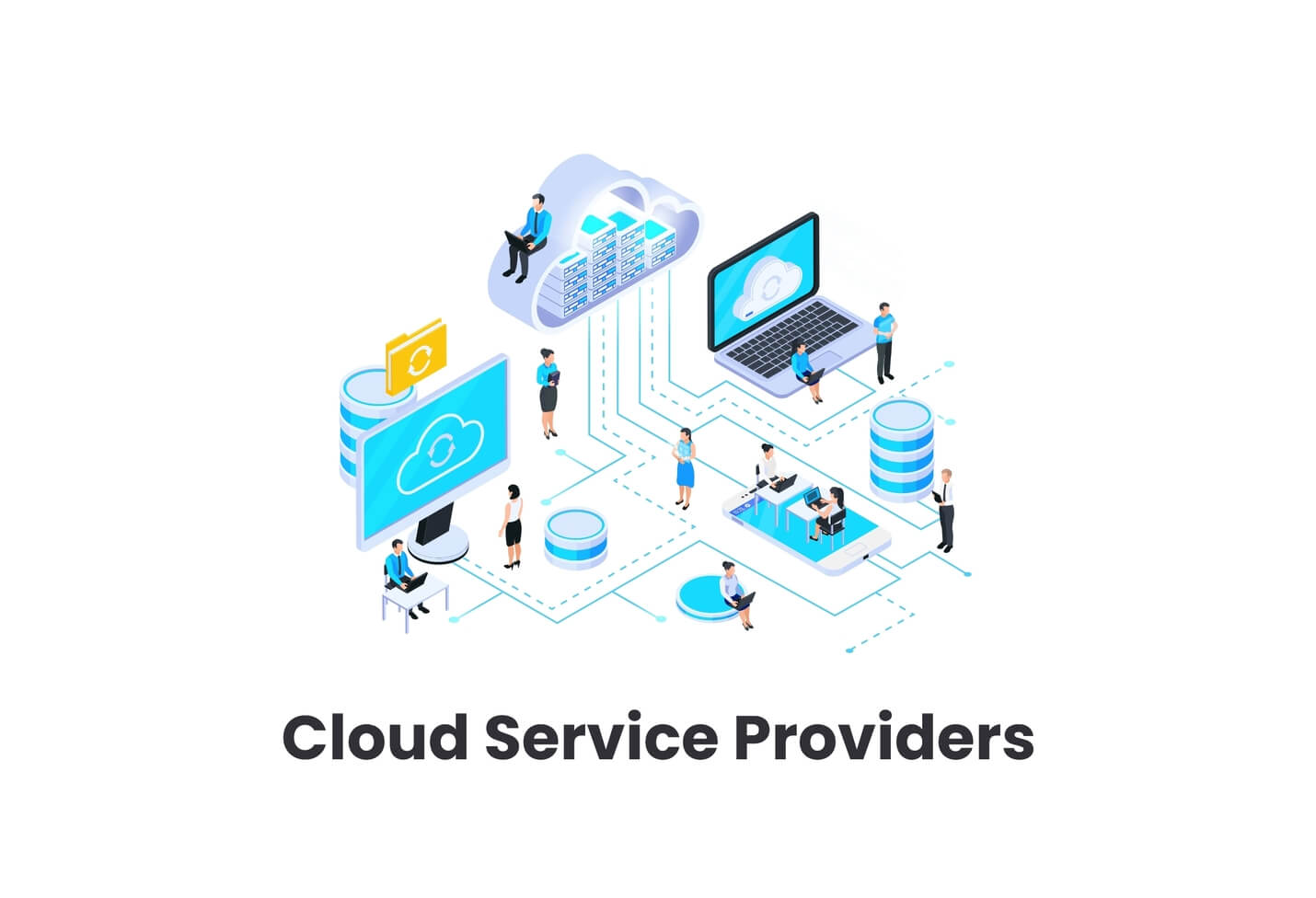Discover the Power of LinkDaddy Cloud Services: Authorities Press Release Insights
Achieve Seamless Scalability With Cloud Provider
In the ever-evolving landscape of cloud solutions, achieving seamless scalability stands as a foundation for modern companies seeking to remain affordable and adaptable. The capability to effortlessly expand or contract sources in response to altering needs is a critical benefit in today's fast-paced electronic atmosphere. By grasping the art of scalable cloud options, organizations can not only optimize efficiency and improve operations but also pave the means for future growth and technology. The quest for seamless scalability with cloud solutions reveals a world of possibilities for those happy to welcome the transformative power of dynamic resource monitoring.
Advantages of Cloud Scalability
Cloud scalability uses organizations the versatility to dynamically change resources based on demand, making certain optimal performance and cost efficiency. Additionally, cloud scalability advertises technology and trial and error by allowing businesses to easily examine new concepts and range them as needed. Ultimately, the advantages of cloud scalability prolong past cost savings to encompass enhanced performance, dexterity, and technology.
Key Attributes for Scaling
Reliable scaling in cloud solutions counts on key features that enable companies to readjust sources dynamically based upon demand. One vital function for scaling is elasticity, allowing resources to scale up or down in feedback to changing workloads. This makes certain that organizations can satisfy efficiency demands without over-provisioning resources. An additional essential feature is scalability, allowing systems to take care of boosted work by adding resources effortlessly. This attribute is crucial for suiting growth without endangering performance. In addition, automation plays an important duty in scaling by automating the provisioning and de-provisioning of resources based upon predefined plans. Automation reduces human treatment, boosts efficiency, and guarantees fast feedback to transforming needs. Surveillance and analytics devices are also necessary for scaling, giving insights into source usage, efficiency metrics, and possible traffic jams. These devices allow companies to make informed choices and maximize source allotment for reliable scaling. Overall, these vital features collectively empower companies to accomplish smooth scalability in cloud services.
Applying Auto-Scaling Approaches
To successfully enhance resource allotment and adjust to differing work, organizations need to strategically implement auto-scaling strategies in their cloud services framework. Auto-scaling enables systems to automatically adjust the number of compute resources based upon real-time need. There are numerous auto-scaling strategies that organizations can use, such as predictive scaling, which uses historic data to forecast future resource requirements, and reactive scaling, which reacts to current work modifications.

Finest Practices for Scalability
For organizations aiming to improve their scalability in cloud solutions, applying finest methods is critical for optimum performance and source management. One key best technique is developing applications with a microservices architecture. This approach breaks down applications into smaller sized, independent services that can be released, upgraded, and scaled separately, allowing for higher adaptability and scalability.
Another vital method is making use of containerization innovation, such as Docker or Kubernetes. Containers allow the packaging of applications and their dependences into isolated devices, making it easier to scale parts independently and release them constantly across different environments.
Furthermore, implementing automated implementation and infrastructure as code (IaC) can enhance scalability efforts (linkdaddy cloud services). Automation tools like Terraform or Ansible help in provisioning and handling sources efficiently, reducing hand-operated errors and allowing quick scalability
Additionally, checking performance metrics, establishing up alerts, and performing normal capacity planning are necessary practices to make sure positive scalability go right here management. By adhering to these best methods, companies can achieve seamless scalability in their cloud services while enhancing efficiency and source use.
Monitoring Performance Metrics
When analyzing the efficiency of cloud solutions scalability, carefully checking performance metrics is necessary for ensuring optimal capability and source allocation. By continuously tracking crucial efficiency indicators (KPIs) such as reaction times, resource, latency, and throughput use, organizations can obtain important understandings right into the wellness and effectiveness of their cloud facilities. Monitoring efficiency metrics permits for the very early detection of possible traffic jams or issues that can affect scalability, allowing aggressive steps to be taken to resolve them before they intensify.

Conclusion
To conclude, attaining seamless scalability with cloud services is crucial for companies to enhance efficiency, improve advancement, and preserve high performance degrees during peak times. By leveraging the content benefits of cloud scalability, carrying out auto-scaling techniques, utilizing key attributes such as elasticity and automation, and adhering to best methods like application style and efficiency surveillance, services can efficiently scale their systems while making best use of source use and performance.
The pursuit for seamless scalability with cloud solutions unveils a world of opportunities for those ready to welcome the transformative power of dynamic resource management.
Cloud scalability uses organizations the flexibility to dynamically change sources based on demand, making certain optimum performance and price effectiveness. Another crucial feature is scalability, enabling systems to deal with boosted workload by adding sources effortlessly.For companies aiming to boost their scalability in cloud solutions, executing finest techniques is vital for optimal performance and source management.When analyzing the effectiveness of cloud services scalability, carefully keeping an eye on performance metrics is critical for making sure optimum functionality and resource allocation.